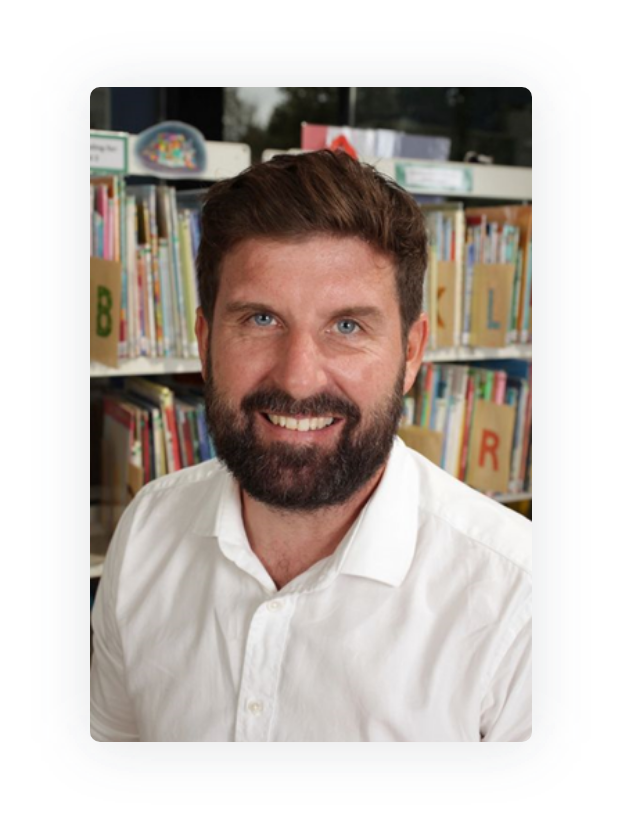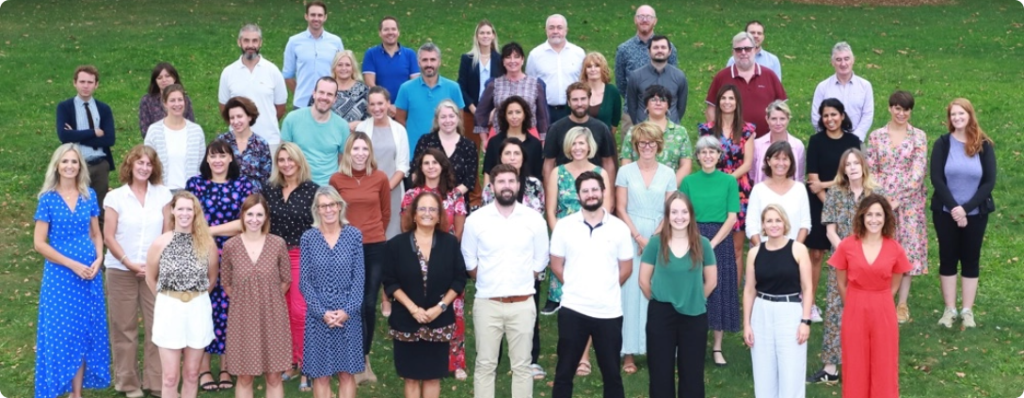A very warm welcome to the EYFS and Primary section of the International School of Béarn.

Welcome from the Head of Primary School
Our school vision is to create an inspirational, innovative learning environment. Our diverse family is the heart of our international school community, where through teamwork and respect, we strive to become global citizens.
Shortly after joining the ISB in 2007, I remember calling a teacher friend back in the UK and trying to explain the magical school in which I had found myself. The school consisted of around 80 students at the time, and had the feeling of a close-knit family. A family that went on voyages of discovery together, that encouraged each other to succeed, and that seemed to genuinely thrive on the achievements of one another. The best way I could sum it up to people was that it was quite simply, a ‘dream school’: one that encompassed everything that any parent, teacher or child could ask for.
Amazingly, as the school has inevitably grown, it hasn’t lost its family feel, and we are now just a larger family, with the same values at its heart. Our rich cultural diversity is embraced and celebrated by all and this enables us to nurture our students and develop within them the skills and tools needed to thrive both socially and academically in an international world.
ISB is a place which is very special to everyone who comes here – be it as a child, parent or a member of staff. We are all very proud of our school and of the children’s learning and achievements. We feel that we can offer your child a unique learning experience combining a broad experience of teaching following the English National Curriculum, which we have tailored not only for our unique demographic, but so that we can appreciate and take full advantage of the French culture that surrounds us. I would like to take this opportunity to welcome you to The International School of Bearn and I look forward to meeting you.
John-Mark Hanrahan
Head of Foundation and Primary School
Our aims
01
Happiness as the Foundation
We prioritize the well-being and happiness of our students, understanding that a positive and joyful environment is essential for effective learning. Happy children create happy parents, promoting a harmonious and fulfilling life for all.
02
Safety and Inclusivity
We are committed to providing a safe and inclusive environment that respects and celebrates diversity. Our school embraces the rich tapestry of cultures within our community, fostering an atmosphere of acceptance and understanding.
03
Global Citizenship
We aim to nurture global citizens who possess a deep appreciation for cultural diversity and a sense of responsibility toward the global community. Our students are encouraged to develop a global perspective and a commitment to making a positive impact in the world.
04
Differentiated Learning
Recognizing that every child is unique, we tailor and scaffold our teaching to ensure that all students can access learning that challenges and pushes them to reach their full potential. We embrace diversity in learning needs and strive to create an inclusive educational experience for everyone.
05
Holistic Approach
Academics are just one facet of our students’ education. We adopt a holistic approach that encompasses social, emotional, and physical development, ensuring that our students are well-rounded individuals prepared for success in all aspects of life.
At The International School of Béarn Primary School, our goal is to ensure that every child leaves with not only a strong educational foundation but also a treasure trove of lifelong memories and a perpetual thirst for knowledge.
We are dedicated to creating an educational environment that imparts knowledge and also shapes the character and well-being of our students, laying the foundation for a bright and fulfilling future.

